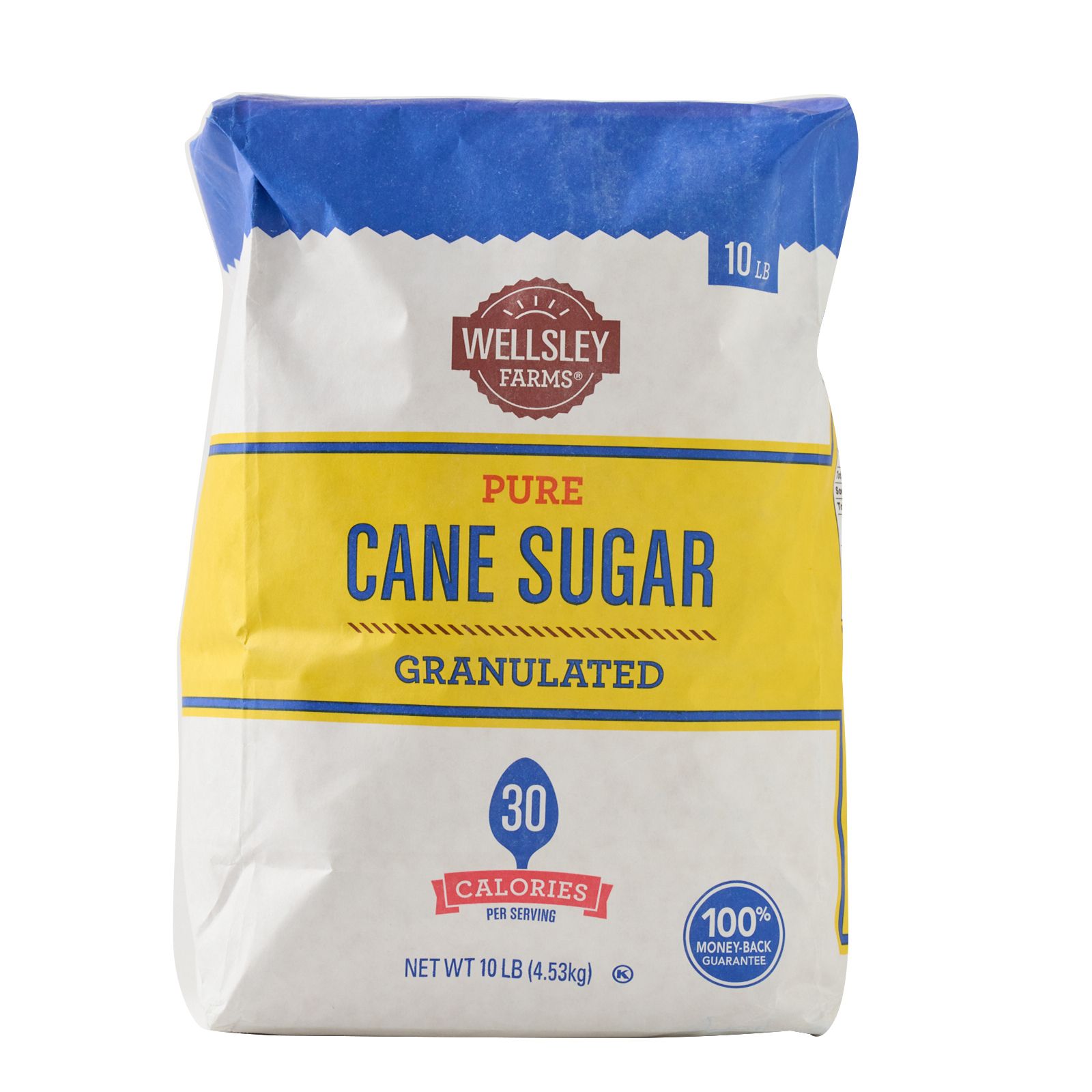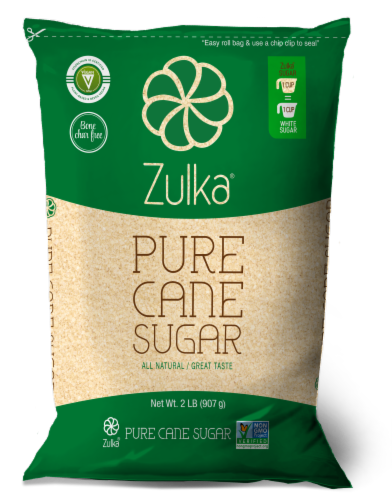Discovering the Comprehensive Steps Included in Walking Cane Sugar Processing From Collecting to Refinement
The procedure of cane sugar manufacturing encompasses a collection of elaborate steps, beginning with the mindful harvesting of sugarcane and finishing in the refinement stages that make certain the final product meets sector standards. Each phase, from the extraction of juice to the filtration and crystallization procedures, plays a critical role in identifying the high quality and personality of the sugar.
Gathering Sugarcane
Harvesting sugarcane is an important step in the walking stick sugar processing chain, as it straight influences the quality and return of the final item. Proper timing and methods are essential throughout this stage to ensure ideal sugar material and lessen losses. Typically, sugarcane is harvested when it reaches maturity, generally 12 to 18 months after growing, defined by a high sucrose focus.

Post-harvest, the sugarcane has to be processed quickly to stop sucrose deterioration. Ideally, collected walking cane needs to be carried to processing centers within 1 day to preserve sugar high quality. Consequently, efficient logistical planning is critical to keep the honesty of the gathered plant throughout the supply chain.
Extraction Refine

The crushed walking cane undergoes a series of pushing procedures to make the most of juice recovery. Usually, hot water is splashed onto the smashed walking stick, developing a countercurrent circulation that assists liquify the sugar while also helping in the removal procedure. The juice accumulated from this procedure has not only sugar however additionally various natural substances and pollutants.

To boost extraction efficiency, some facilities may utilize diffusion methods, where the sugarcane is soaked in warm water, permitting the soluble sugars to diffuse right into the fluid. The resulting juice, rich in sucrose, is then routed to succeeding processing stages, laying the foundation for purification and refinement. The extraction process is thus pivotal in identifying the high quality and yield of the final sugar item.
Filtration Techniques
The filtration methods utilized in walking stick sugar handling are vital for transforming the raw juice into a top notch sugar product. These approaches mainly intend to remove impurities, such as soil, plant products, and inorganic compounds, which can adversely affect the last product's flavor and color.
This process entails adding lime and heat to the raw juice, which helps with the coagulation of pollutants. In addition, the usage of phosphoric acid can improve the information procedure by additional binding pollutants.
Another significant method is carbonatation, where carbon dioxide is presented to the cleared up juice. This reaction produces calcium carbonate, which catches continuing to be pollutants and promotes their removal.
Additionally, triggered carbon treatment might be related to adsorb any type of continuing to be colorants and organic pollutants, ensuring a much more refined item. The combination of these techniques effectively prepares the sugar juice for succeeding steps in the refining procedure, setting the phase for the production of high-quality walking stick sugar.
Condensation Methods
After the filtration phase, the next vital action in walking cane sugar handling includes formation methods, which play an essential role in changing the clarified juice into blog here strong sugar. This process commonly utilizes 2 primary methods: spontaneous condensation and controlled condensation.
In spontaneous condensation, supersaturated sugar options are enabled to cool normally, bring about the formation of sugar crystals in time. This technique is simpler however may result in uneven crystal dimensions and lower purity levels. On the other hand, controlled condensation is a more exact technique where temperature level, seeding, and concentration agents are thoroughly handled. This method permits the uniform growth of sugar crystals and higher pureness.
During crystallization, the made clear juice is concentrated via dissipation, raising its sugar content up until it gets to supersaturation. When this point is achieved, either approach can help with the condensation procedure. Cane Sugar Processing. The resultant sugar crystals are after that separated from the continuing to be syrup through centrifugation
Ultimately, the selection of crystallization technique impacts the top quality, size, and pureness of the last sugar item, making this step crucial in the overall walking cane sugar handling treatment.
Refinement and Packaging
Exactly how can the pureness and quality of walking cane sugar be further enhanced after crystallization? The improvement process plays an essential role in accomplishing premium walking stick sugar. Complying with crystallization, sugar undertakes a complete cleaning to eliminate contaminations and recurring molasses. This is usually completed making use of cozy water or steam, which aids liquify and extract undesirable components while preserving the sugar crystals.
Following, the sugar is subjected to a procedure called centrifugation, where it is rotated at broadband to divide the detoxified sugar crystals from the remaining liquid. After centrifugation, the sugar is often further fine-tuned with a method called carbonization or phosphatation, which makes use of triggered carbon or phosphoric acid to get rid of shade and off-flavors.
When improved, the sugar is dried out to attain the wanted wetness content, making certain that it stays secure during storage space and transport. The last action entails packaging the refined sugar in impermeable and moisture-proof containers to maintain its top quality and protect against contamination. Cane Sugar Processing. Correct packaging not only extends service life however additionally helps with simple handling and circulation, ensuring that customers get sugar that meets the greatest requirements of purity and high quality
Final Thought
The comprehensive actions associated with walking stick sugar handling, from the careful harvesting of sugarcane to the intricate improvement and packaging phases, underscore the relevance of each stage in ensuring top notch sugar manufacturing. Optimum harvesting techniques, straight from the source efficient removal approaches, and rigorous purification procedures collectively add to the end product's pureness and stability. The formation and succeeding product packaging practices even more improve the stability and shelf life of the sugar, highlighting the intricacy and precision integral in this important farming sector.
The process of walking cane sugar production incorporates a series of intricate actions, beginning with the careful harvesting of sugarcane and culminating in the refinement phases that ensure the last item meets market standards. visite site Ideally, collected walking stick needs to be moved to refining centers within 24 hours to preserve sugar high quality.In spontaneous condensation, supersaturated sugar services are permitted to cool normally, leading to the formation of sugar crystals over time - Cane Sugar Processing. The refinement procedure plays a critical function in attaining top quality walking cane sugar.The detailed steps involved in walking cane sugar processing, from the thorough harvesting of sugarcane to the elaborate improvement and packaging phases, highlight the significance of each stage in guaranteeing high-quality sugar production